Meandering Tour
Musical Theater, "Wonder Years," Fluid Dynamics, Soda Fountains, and Wire Sculpture
5) My Follies
I once confessed to a friend that I disliked musicals because I found them contrived. He rolled his eyes and since then has shouted “CONTRIVED!” the moment I mention any creative endeavor.
To atone for my narrow-minded perspective, I have recently made an effort, with the guidance of knowledgeable friends and family, to learn more about musical theater, especially the work of Stephen Sondheim. I saw revivals of Merrily We Roll Along and Sweeney Todd on Broadway, watched the documentary Six by Sondheim, and sampled some YouTube videos, including this exquisite rendition of “Not a Day Goes By,” from Merrily, by Bernadette Peters.
I won’t pretend that I’m now an unabashed fan of musicals or that I can even begin to grasp the complexity of Sondheim’s lyrics and scores, but I’m starting to appreciate the artistry.
One Sondheim song in particular caught my ear: “I’m Still Here,” from Follies, which opened on Broadway in 1971. It’s sung by the character Carlotta, a former showgirl, who reflects on her rise from poverty; success in movies, nightclubs, and television; and struggles with addiction.
I was rolling along with this rousing anthem of endurance, one of Sondheim’s most famous show tunes, when this verse, near the end, triggered in me a severe case of LOCO, or Linguistic Obsession with Correctness and Order. (Look it up; it’s in the DSM.1)
First you're another sloe-eyed vamp Then someone's mother, then you're camp Then you career from career to career I'm almost through my memoirs, and I'm here
Instead of marveling at Sondheim’s lyrical genius, I wondered whether the first “career” should actually be “careen,” which means “to lurch or sway, especially when in motion.” Yet “career” does mean "to go at top speed, especially in a headlong manner.” Which one had Carlotta been doing in the course of her professional life?2
I understand my obsession with such matters does a disservice to Sondheim’s brilliant, tripartite repetition (especially coming from a Broadway beginner) and wears on the patience of those who are tutoring me in musical theater.
In fact, one friend will no longer discuss this wording issue with me, although, in a sign of possible softening, he recently sent me an excerpt from When the Going Was Good, Graydon Carter’s account of the golden years of magazine publishing. Of his time at the infamous Spy magazine, before he took over as editor of Vanity Fair, Carter writes:
I wish I could remember a serious disagreement [among the editorial staff] — just for dramatics’ sake— but I can’t. Well, there was a heated discussion with Joanne Gruber, our gifted managing editor, who also handled copy-editing duties, over the words careered and careened. But that was about it.
So, I’m not alone. Still, the time has come for me to put this matter to rest, end your misery, and apologize to my long-suffering friends.
Based on what I know about Follies (and I welcome your comments and corrections, as always3), Carlotta advanced steadily in her professional life in a coherent, straight line — from showgirl to movie star to nightclub performer to television star. She confronted challenges and suffered setbacks, but she careered nevertheless.
I, on the other hand, as you learned from my post two weeks ago, zigzagged from career to career — from law to journalism, from consulting to biomedical research administration and, finally, finance — not knowing what I wanted to do next. Fulfilling as all my jobs were, I careened.
Thank you for careening with me through this clarifying analysis, which dared to question one of the most treasured lyrics written by one of the greatest composers of the 20th century, while sucking all the possible joy out of my appreciation of musical theater. And yours too, no doubt.4
Coming next week: Is it “chomping at the bit” or “champing at the bit?”
4) “The News Has Stopped” (If Only)
I grew up in a Baltimore neighborhood of about 60 families called Pill Hill, so named due to the prevalence of doctors who settled there to live close to nearby Sinai Hospital.5 These were “The Wonder Years.” We roamed our neighbors’ backyards and played ball in the streets — Southcliff, Northcliff, Eastcliff, and Westcliff — until (actual) dinner bells rang.
When I was around 10 years old, my older friend Joe launched the Pill Hill Times, a 4-page, 8 1/2” x 11” stapled “newspaper.” Staffed by boys (very few of our peers on the Hill were girls), most of whose diminutives ended in an “ee” sound— Benjy, Johnny, Scotty, Ricky, Danny — the paper, which cost 5 cents and boasted a circulation of 50, covered subjects like new neighbors, weather, road construction, wildlife, and sports. The Times also entered the political fray, endorsing LBJ for president in 1964.
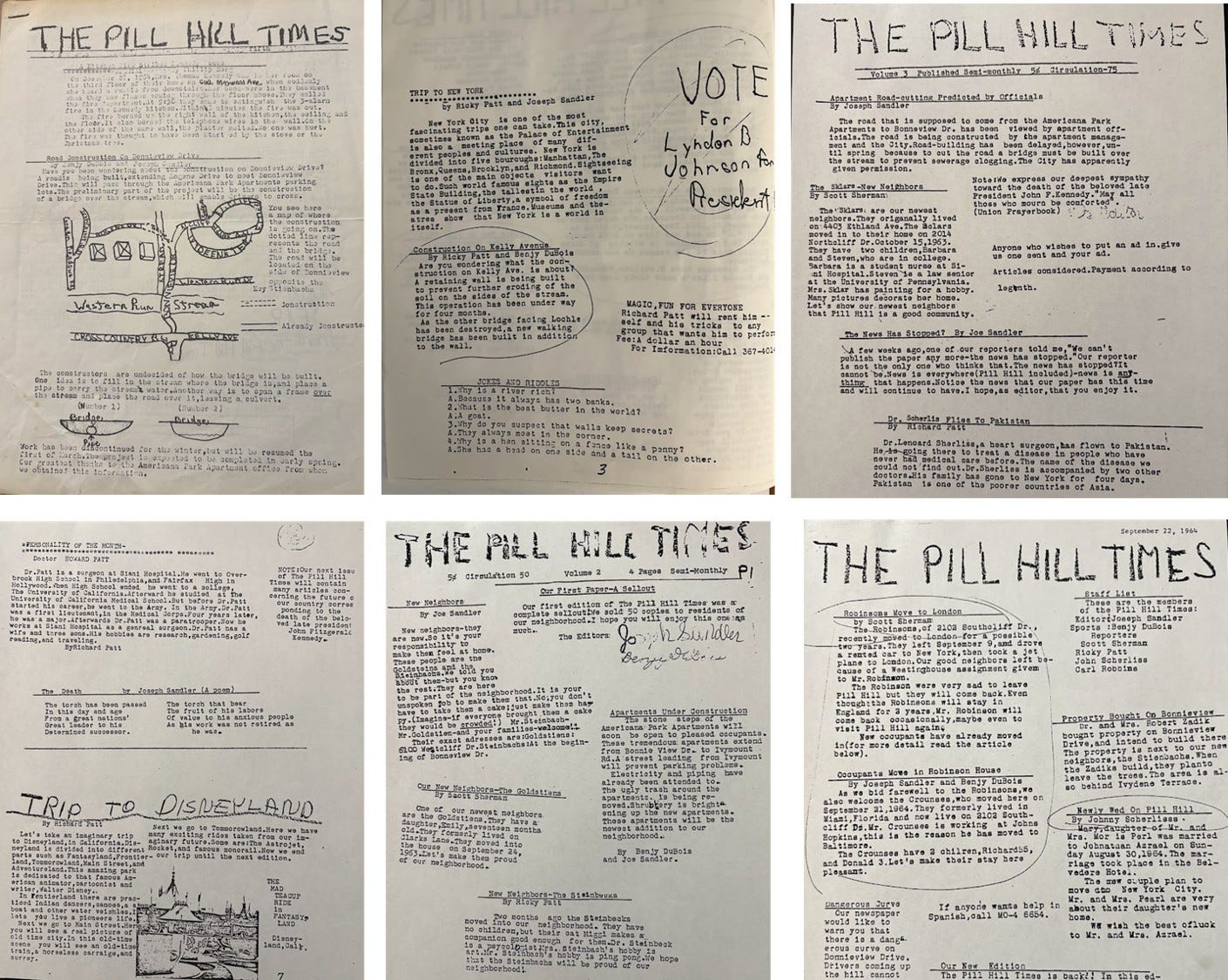
One day, when I was pounding the pavement (on Westcliff, I think), I got frustrated that I could not uncover any news to report. I charged into Joe’s house and screamed in what I’m certain was a very high-pitched voice, “THE NEWS HAS STOPPED!”
My outburst might as well have been accompanied by “EXTRA, EXTRA, READ ALL ABOUT IT!” for it was dutifully reported on the front page of the next edition of the Times, along with a rebuke from the editor-in-chief.
If that were not sufficient public humiliation, this “news about the news” was picked up by the Baltimore Evening Sun in a column titled “Mr. Peep’s Diary, written by veteran newsman John Goodspeed, who also was the author of a lexicon of Baltimore-accented words.
I learned my lesson. Even so, to this day, some childhood friends, whose names no longer end in “ee” sounds, will remind me of my gaffe.
Although nowadays, it would be nice, don’t you think, if the news would, in fact, just stop.
It will not, of course, but we should implore our flagging press corps to uphold the standard set by the Pill Hill Times editorial board at another moment of profound national crisis: the assassination of JFK.
Our editor-in-chief rose to the occasion, although our copy editor must have been off that day. “The glitter of American destiny has been dulled by a tragic incident,” Joe wrote, in words that can rally us today, 60 years later. “What is our new destiny? There have been other incidents [in our history] in which doubt is casted on our protection from barbary. And we have survived this doubt. So we will today do it.”
3) Streaming Platform
One of my friends, a doctor, is fond of telling a story from his days as a medical resident. An intern was presenting a case to the chief of medicine, who asked, “Your analysis?” or so thought the resident, who began to provide his diagnosis. The chief quickly interrupted, barking, “No, no. The urinalysis! What were the results of the patient’s urinalysis?”
This anecdote always makes me laugh, and, frankly, it’s the only lede I could think of to introduce a story about another form of urinalysis I recently stumbled upon as I was reading, who knows why, Popular Science: “New urinal designs use physics to prevent pee splashback.”
According to a 2019 study commissioned by a plumbing manufacturers association (hey, I’m meandering here), the roughly 56 million urinals in the U.S. splatter public bathroom floors with as much as 1 million liters of urine every day. The result: urinals and floors with significantly higher bacteria concentrations plus the labor cost of cleaning it up.
Now, a team of researchers at Canada’s University of Waterloo (I did not make up that perfect portmanteau for this story; it’s naturally occurring!), who work in the field of fluid dynamics, have published a paper in which they propose the design of two new toilets, dubbed the “Cornucopia” and the “Nautilus,” to “reduce pee splashback down to a fraction of what’s produced from contemporary commercial urinals.” Popular Science explains:
According to researchers, part of the project’s inspiration came not from human physiology, but dogs. Canines often urinate against trees at unconsciously specific angles in order to reduce splashing. The team then needed to solve for what’s known as an isogonal curve problem—essentially, urine’s angled interactions with a urinal that produce spiraling similar to the geometry seen in nautilus shells (hence one of the new urinal names). From there, the study’s authors tested a dyed water jet that approximated the flow of human urine onto five different urinals—one standard North American design, a model of Duchamp’s “La Fontaine,” and three of their own making. Finally, researchers soaked up each urinal’s surrounding floor with paper towels, then weighed them to compare their splashbacks.
They couldn’t afford a few robots with grabbers‽ Below is but one illustration from the study. Please, I beg you, quickly scroll through the journal publication6 itself to sample the graphs and equations that support these proposed public health improvements.

Popular Science summarizes the potential impact of Cornucopia and Nautilus, as follows:
Based on conservative estimates, the team believes that replacing all public urinals in the US with something like the Nautilus would reduce splashback by 1 million liters per day. “Assuming 10 times as much water is required to clean a particular volume of splashed urine, we can save up to 10 million L of fresh water used for cleaning per day,” they explained.7
Follow the science, and provide urinalysis in the comments section.
2) Sidetracks
Parts of Speech: Recently, three former residents of Pill Hill — we have the good fortune of still being close friends after all these years (see Item 4 above) — attended a screening of Rebel With a Clause, a documentary about a woman named Ellen Jovin who set up a table at locations in all 50 states so passers-by could discuss and ask questions about grammar. My friends reported they learned about a part of speech that was new to me: an infix which, unlike a prefix or suffix, is inserted in the middle of a word. Apparently, there are no true infixes in the English langauge, although there is something called an expletive infixation. G-rated examples include "un-freaking-believable," "fan-bloody-tastic,” and "abso-frickin-lutely." Unfortunately, I was unable to see the movie with my old neighbors, including The Pill Hill Times’s former tropical fish columnist. Unfortunately, it’s not yet available for general viewing, but the other Times — the one from New York — recently published a nice article about it.
Soda Jerk: A few months ago, I had a delicious tuna fish sandwich and fountain Pepsi at Charlesmeade Pharmacy in Baltimore (see photo below), after picking up a prescription there. It’s one of the very few independent drug stores left in town, and perhaps the only one with a “soda fountain” still standing (for youngsters, that term implies an actual counter with seats). I mentioned my delightful lunch, including a side of pickles, to my friend Nancy, whose father owned a Baltimore pharmacy back in the day. Nancy is a traditionalist, who treasures all things old-fashioned; she’s fond of telling me that she is still holding stock in Amalgamated Horse Blanket & Buggy Whip as well as Consolidated Pince-Nez & Opera Glass. She told me that almost every American drug store had a soda fountain, staffed by “soda jerks,” who made palatable concoctions with syrups and ice cream, often created by the pharmacists themselves, to deliver drugs such as cocaine, heroin, and other stimulants and narcotics. (Check out this brief history, in Pharmacy Times.) When these mixed drinks became unlawful in 1914, the over-the-soda-counter drugs disappeared, but the food and beverages remained. I’m now looking into the history of the 25-cent “penny candy.”


Charlesmeade Pharmacy Facebook Page Farmentation: The Pudding, an online publication that specializes in data journalism and visualization, has a hard-hitting new piece out regarding the correlation between animal drawings on wine labels, on the one hand, and price, quality rating, and value (i.e., “good deals”), on the other. The goal of this gripping Pro Publica-worthy investigation was framed as follows: “You’re in a rush and you need to grab a bottle of wine for a special occasion. You’ve got $40 and no preference for red or white, but you like wines with animal labels. Which wine are you buying?”
Among the findings, based on 1,488 wines with animals on their labels (and I’m quoting):
Farm animals like cattle, pigs, and sheep have both lower ratings and lower prices.
Cats have high ratings at a high price, birds are the middle of the pack for both price and quality, pigs are more likely to be cheap and low-rated, and amphibians/reptiles are more likely to be overvalued, i.e., higher prices for lower quality.
Songbirds offered a much better prospect. . . . there are actually more songbirds with higher ratings than there are eagles, hawks, and other raptors, and quite a few of these clock in at around $25.
Bet on fish. 24.2% of them are in the magical “good deals” quadrant.
For the best bet on a standard, dinner-ready, red or white wine, the crown goes to Mount Fishtail’s Sauvignon Blanc from New Zealand’s Marlborough region.
And to think that so many readers made fun of my 47-page Cape Cod Activities report a few weeks ago.
1) It’s Everywhere, or So It Seems
I’ve written before about the Baader-Meinhof Phenomenon, or “frequency illusion,” whereby a person notices a particular word, concept, or product more frequently after recently becoming aware of it.8 It’s usually caused by “selective attention,” which refers to the process of unconsciously focusing on selective objects while ignoring distractions. A wise LLM puts it in these simple terms: “Once you notice something new, your brain starts paying more attention to it, so you suddenly see it everywhere, even though it was always there before."
Have I myself become a victim of this cognitive bias? Since I started writing this Meandering Tour Substack in mid-February, every time I turn around, somebody or something is meandering somewhere.
It happened again last week, when I was on the West Coast and visited the San Francisco Museum of Modern Art (SFMOMA) to see a retrospective of the work of the late Ruth Asawa, an American artist I had never heard of (by adding this parenthetical, I’m not actually ending this sentence with a preposition, right?).
Asawa, who died in 2013 at the age of 87, spent some of her childhood in an internment camp during World War II and later studied art at Black Mountain College with, among others, Buckminster Fuller. Best known for her looped-wire sculptures, she also created an extensive body of figurative and abstract drawings, paintings, and public sculpture installations in the Bay Area. (The exhibit will be coming to MOMA in New York in October.)


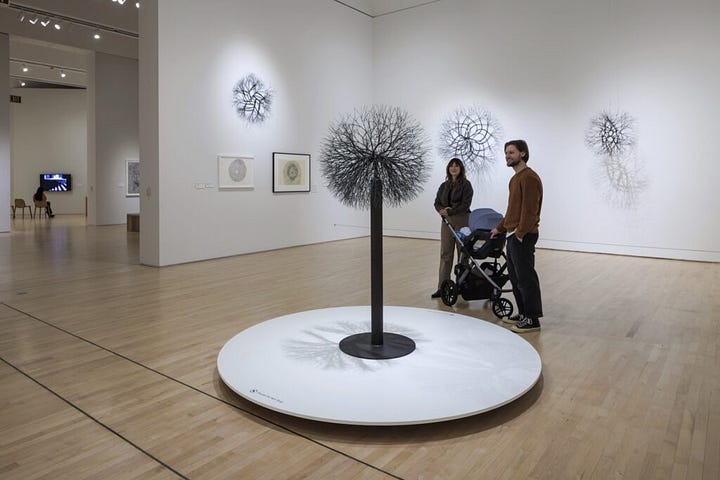

Midway through the exhibit, I came upon a pair of 9-foot high redwood doors Asawa had carved for her home in Sonoma County (see photo below). According to the interpretative label, she “drew an allover pattern of interlocking waves — the ‘meander’ that she had begun exploring while she was a Black Mountain College student — that crosses over the doors when closed.” (As I explained a few weeks ago, a meander is a decorative border in the ancient Greek tradition, featuring a continuous line of repeated motifs.)9
Wanting to know more about the artist’s multifaceted work, I took out my phone, Googled Asawa, and immediately discovered a New York Times article about a previous show, in 2013 at the Whitney, which began like this:
A meandering stroll is a thing of leisure. But the meander is also a decorative pattern of repeated sharp turns — which makes it a good metaphor for the career of Ruth Asawa. . . . The meander showed up early in her graphic work, in a jazzy composition from the late 1940s, its short passages of interlocking waves constructed from cut colored paper.
And then this image and caption in the Times:
“Ruth Asawa, “Untitled (Meander in Green, Orange, and Brown),” c. 1946-49. A jazzy cut-paper collage of interlocking waves, made while she was still a student at Black Mountain College in North Carolina. (Credit: James Estrin/The New York Times)
I know the readers of this Substack, sharp as you are, do not require the bolding of the words above to connect the dots here. But maybe doing so will stimulate, through a kind of subliminal digital advertising, your own frequency illusions.
Please report back and send pictures like this one, submitted by a reader in Palm Beach, FL.
LOCO is closely related to another serious condition: INSANE, or Incessantly Nitpicking Syntax and Nuanced Expressions.
For those who want to peer into the rabbit hole I went down, check out the following analysis from grammarist.com:
One definition of career is to move at full speed, especially with an uncontrolled or unsteady motion. Careen used to mean (1) to turn (a ship) on its side for cleaning or repairs, and (2) to lurch or sway, especially when in motion. But in modern usage, careen has come to mean to move fast, especially in an uncontrolled way, making it synonymous with career.
Searching the web, we find much opposition to this change, and the supposed misuse of careen seems to peeve many people. But it’s a lost cause. In current news and blog writing that is searchable online, we find zero instances of careen used in the old senses, versus hundreds of examples of the word used in the new way. So while each of us is free to preserve the old meanings in our own writing, most of the English-speaking world has moved on (with rare exceptions in nautical contexts).
For those who resist the change, there might be consolation in the fact that the verb sense of career is alive, especially outside North America. In British and Australian sources, careered and careering occur about ten times as often as careened and careening (though these latter words, when they occur, are used in the new sense). The ratio is reversed in American and Canadian publications, with careened and careening being much more common.
Meriam-Webster adds to the confusion, as follows:
As motor vehicles became commonplace, careen became a useful word to describe the lurching, side-to-side motion that a vehicle would make when it was racing out of control, thus the overlap between careen and career. . . . Traditional usage commentators frown upon this overlap, insisting that careen shouldn't be used for something that is only moving at a headlong pace without any kind of side-to-side motion. But popular use tends to drown out those objections. Nowadays, careen is actually the preferred verb for rushing forward, particularly in American English.
I phoned a friend who’s a Sondheim aficionado (a different friend from the one who’s already cut me off) to fact-check my understanding of Carlotta and Follies. He responded by saying, “Oh, so now you’re going to ruin Sondheim!?”
If you have not unsubscribed by now and are still reading, you might be wondering about the relationship between “meander” and “careen.” On this subject, I think I can trust ChatGPT, which (who?) says, in part, "Careening and meandering are not the same. Careening describes a movement that is swift, uncontrolled, and often involves tilting or swaying, while meandering describes a slow, winding, and often aimless movement.”
A group of pharmacists who resided at the base of the Hill tried to name their much smaller community “Capsule Canyon,” but it never stuck.
This ain’t no joke. The publication, PNAS Nexus, is an open-access “sibling journal” to the esteemed Proceedings of the National Academy of Sciences, the flagship journal of the National Academy of Sciences.
As far as I know, Larry David did not have any prior knowledge of this study before writing and filming “The Surprise Party,” an episode of Curb Your Enthusiasm (S10.E6), which first aired on HBO on February 23, 2020. It’s about Larry’s design of a special urinal for his “spite” coffee shop “Latte Larry’s.”
I implore you: Do not confuse this concept with the related but different Mongoose Phenomenon. And please don’t get me started on its comparison to Occam’s razor versus Hickam’s dictum. (If you’ve gotten this far, raise your hand, and I’ll send you 25 wallet cards.)
The term “meander” is believed to have come from the winding path of the Maeander River in Asia Minor, now present-day Turkey. Here’s an example:








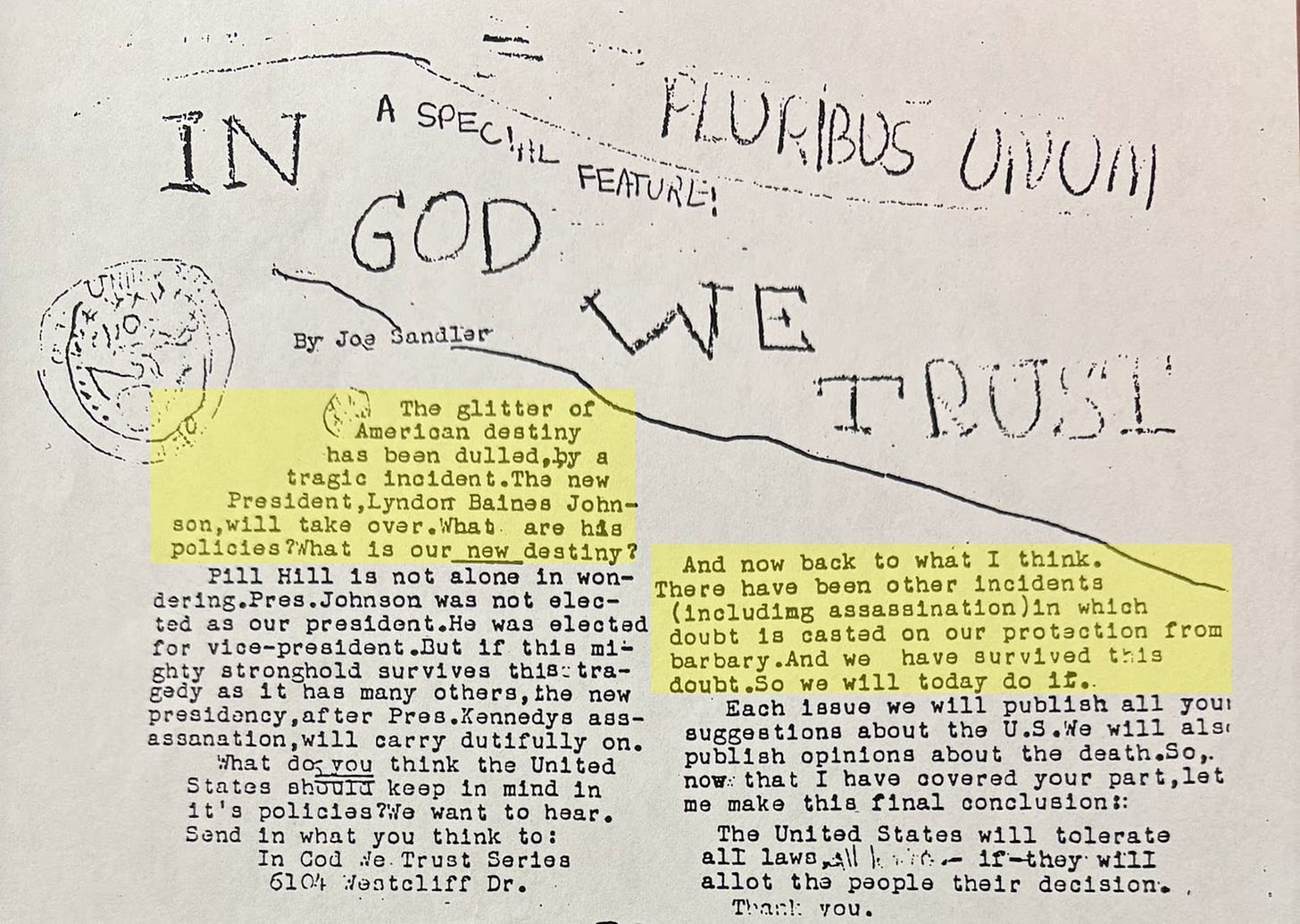
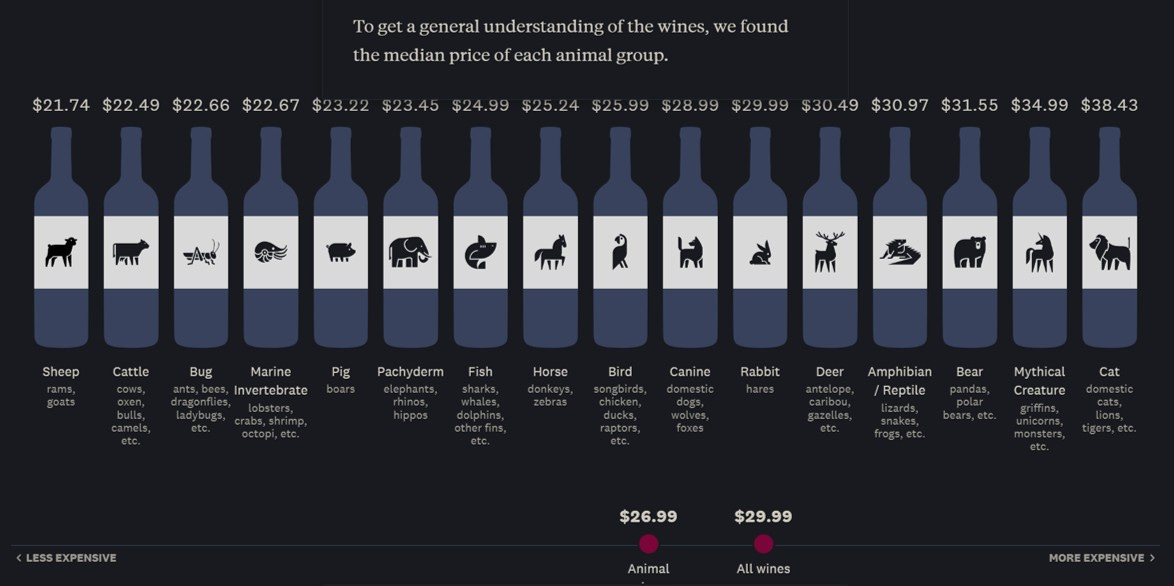
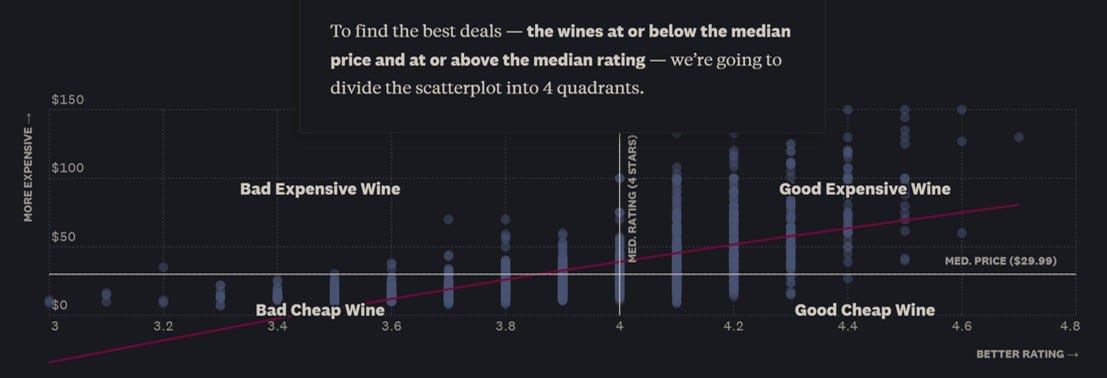
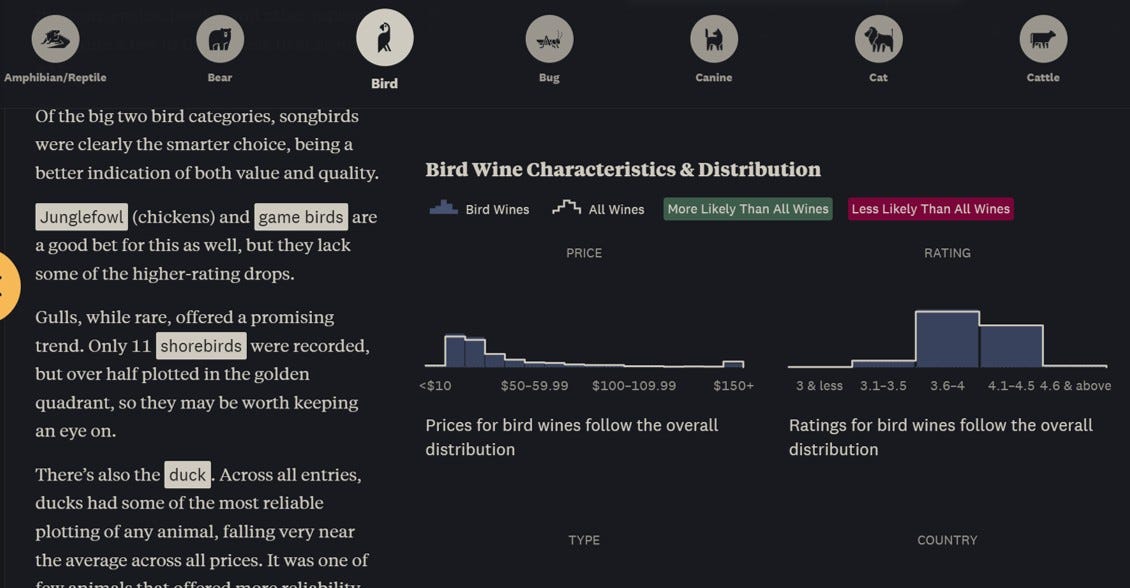
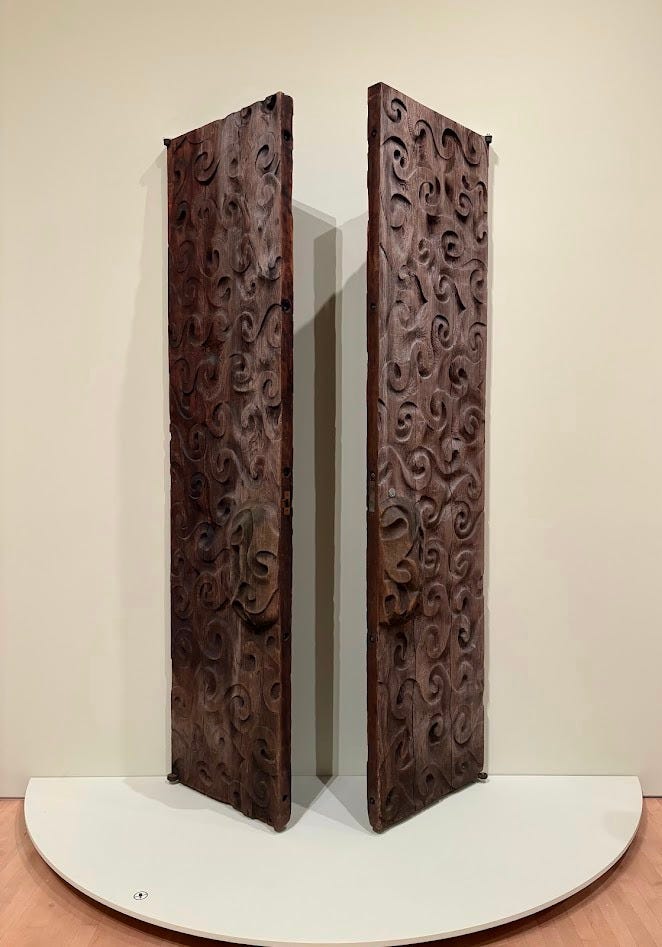



I would begin by noting that, in its exquisite young life, MT has already grappled twice with its creator's categorical music prejudices, the first being country music in Feb. Can we schedule opera for early June, hiphop for Sept., etc.? Here, I think we have a conflation problem. Are we talking about musicals or the songs in musicals? When people say they don't like musicals and use words like "contrived," they tend to mean they don't like the idea of someone pseudo-spontaneously bursting into song -- as opposed to the songs themselves. It's a little unclear to me where you are on this, so let's pursue it. "Shall We Dance" is a song from a musical. Here's Loston Harris and some cats playing it out of context.
https://www.youtube.com/watch?v=YXlKFM2zi1E
It's a great song. And it's worth noting that for decades "American popular music" and "show tunes," although not exactly the same thing, overlapped a lot. And it was sometimes hard to tell -- as it is with country music -- what belongs in the category and what doesn't.
Let's take another terpsichorean-themed tune, "I Won't Dance." Kern, Hammerstein and Harbach write the song for a play called "3 Sisters," which opens in London in 1934 and bombs (despite some splashy cast members). Never makes it to Broadway. But Hollywood is very much in the movie musical business, so, by 1935, it has drifted there and been inserted into the movie version of "Roberta," which as already been a Broadway show (numbering Bob Hope, Fred MacMurray and Sydney Greenstreet among its cast, FFS!). For the movie, the great Dorothy Fields tunes up the lyrics and Jimmy McHugh does something that gets him the fifth song credit. Fields gives us the Sondheim-worthy rhyme, "But heaven rest us / I'm not asbestos." Astaire and Rogers sing it in he movie but not terribly well. Is it a song from a musical or just a good song? It's 91 years old. People record it all the time, especially people looking for duets. Bennett and Gaga did it. Elling and McKellar did in 2023. Here is an MT nightmare: a country singer covering a show tune (with Diana Krall).
https://www.youtube.com/watch?v=achkn3nBHdU&t=46s
Think about a song you like from right now. What are the chances interest in it will survive for 90 years?
Lastly (I promise) let's look at the other objection -- people bursting into song. And, I grant you, in some cases, skeptics wll have a problem on both ends. It might be a problem for a woman to suddenly start singing, "I'm as corny as Kansas in August" and the song itself may also grate. But songs also benefit from their place in the musical. Nancy Lamott singing "I Have Dreamed" will tear your heart out, of course, but even a couple of high school kids in the school production of "The King and I" could possibly touch you with that song in its context.
https://www.youtube.com/watch?v=2-wHybsiC9U
Sondheim is special because so many of his songs were cut from musicals and then survived as revue pieces. "Marry Me a Little" comes to mind. There's a song cut from "...Forum" that really gets me. It's mostly a comic song, but I also find it wrenching. But it needs its context, as you will see here. Hopefully Okrent reads this far.
https://www.youtube.com/watch?v=-7RWppbO2vU&t=8s
Adieu.
Another really great issue. Well done!